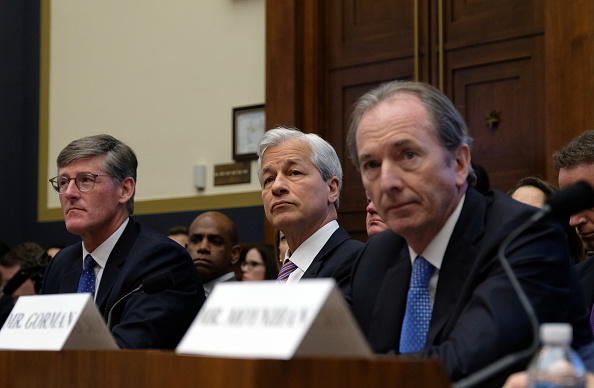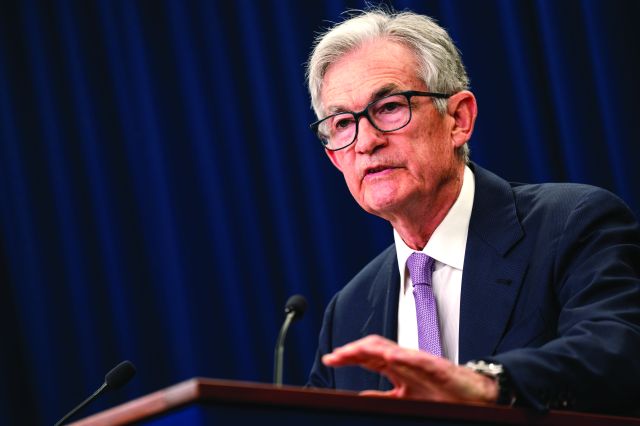
Oliver Carr
CEO at Carr Properties

Are you going to buy in `25? If so, what asset class?
We like the investment opportunity around the office market heading into 2025. Office is primed for a rebound. Our view is that the potential is there to pick up some good, quality office buildings at distressed prices, which can be repositioned to deliver our signature “Carr Experience.” This will allow the buildings to compete effectively in the leasing markets. On the other end of the spectrum, we are looking to acquire obsolete office buildings that can be repurposed into alternate uses.
Is there a single “good” sign you see in a distressed property that makes you want to buy it?
We are a more urban-focused company, so finding distressed assets that are in vibrant locations and close to public transit is critically important to us. Additionally, if the plan is to reuse the existing building, the basic building structure needs to have potential: good ceiling heights, good window lines, functional building systems, etc.
What real estate or tax policy would you like to see from a Trump administration?
I would like to see a new tax policy to supercharge the feasibility of developing affordable housing with a focus on mixed-income developments. The right question to ask is: How can government policy attract private capital to solve the problem? It could be as simple as having the federal government offer a tax credit equal to the cost to develop affordable units within a larger mixed-income project. For example, if a market-rate apartment development includes 20 percent affordable units, the developer would receive a tax credit equal to 20 percent of the project cost at completion of the project. With this incentive in place, the supply of affordable housing (and market-rate housing) would grow exponentially.
Let’s talk about multifamily. Do you ever see yourself building normal, middle-class rentals again? What would stop you?
We would love to build multifamily focused on middle-income renters. However, as a primarily urban-focused investor and developer, market-rate-focused projects are feasible only if they can generate top-of-market rents. Construction pricing is just too high today to support construction of urban, middle-market-focused product. The way to change that dynamic is with public incentives in the form of property tax abatements, tax credits or something similar to reduce the overall development cost.
What’s going to be your biggest expense in 2025?
Our biggest cost across our operating portfolio of office buildings is real estate taxes. To date, the readjustment of real estate assessments to reflect significantly lower real estate valuations has not normalized and that is hurting property valuations. It is also causing investors to pause when they think about allocating capital to the office sector. Many office building owners are having to pay real estate taxes on yesterday’s values, which in some cases may be more than 40 percent higher than the current value of their assets. We really need the mismatch between market values and tax-assessed values to get corrected to attract capital back to the sector. In terms of new capital spending in 2025, that will be focused on residential development.
Lightning Round:
Your social media of choice?
X.
AI: Helpful in CRE or a fad?
Helpful.
Last movie you saw in a theater?
It’s been so long that I can’t remember.
You’re going on a six-month expedition into the Amazon rainforest. What’s your last meal before you get on the plane?
A big bowl of mint chocolate chip ice cream.
Tesla or BMW?
BMW.
Will interest rates be below or above 4 percent on July 1, 2025?
10-year Treasury will be below 4 percent.
If you could partner with one person in the business on a property, who would it be?
Elon Musk. Would love to work with him on building for the future.
What are you tired of talking about?
Remote work.










